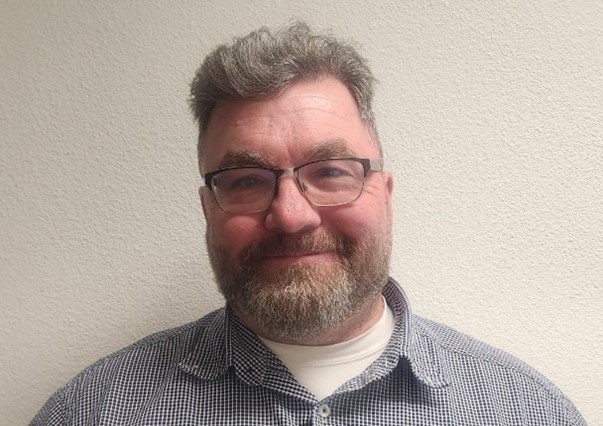
Celebrating Progress… and Staying in the Fight
James Tobin, retired law enforcement
Section Manager - Substance Abuse & Mental Health Programming
Yavapai County Community Health Services, Prescott, AZ
Hello traffic-safety partners!
Consider the following U.S. impaired driving statistics:
• A report from the National Institute of Alcohol and Alcoholism states “Alcohol-related highway fatalities were at an all-time high in 1970, and there were an estimated 100,000 alcohol-attributable deaths in the United States” (Modad et al. 2004; NIAAA 1997).
• The Mothers Against Drunk Driving website indicates that prior to 1980 approximately 25,000 people were killed on American roadways each year.
• The Centers for Disease Control (C.D.C.) reports that in 2020, 11,654 people were killed in motor vehicle crashes involving alcohol-impaired drivers (accounting for 30% of all traffic-related deaths in the United States).
Given the increased numbers of cars and drivers (and miles of roadway) in the United States since the early 1970’s, the statistics listed above represent a healthy and positive environmental change. Tremendous progress has been made, right?
The answer is “Yes, but…”
In 1997 I was in the police academy in northern Arizona. Toward the end of the academy, we had a block of training called “D.U.I. week.” This training provided the basic tools needed to investigate impaired driver cases on the streets and roadways we’d soon be patrolling. Toward the end of the week, there was a guest speaker: Sharon Sikora, who’d helped start M.A.D.D in Arizona. Sharon was a D.U.I. crash victim survivor, and she told us how she‘d been burned alive in her car as the result of another person’s selfish decision to drive while impaired. She concluded her talk by telling us to use our training to get drunks off the road so that someone else didn’t suffer as she had. It was a lightbulb moment for me. Sharon’s talk helped me find a passion for my upcoming police career.
In 2000, I attended a traffic safety conference in Phoenix. The Arizona Director of the Governor’s Office of Highway Safety (G.O.H.S.) Alberto Gutier told us his goal was to eradicate impaired driving on Arizona roadways. He said he wanted to stigmatize drunk driving; the same way smoking had been stigmatized in our culture in the past 50 years. I appreciated Director Gutier’s ambition, but truthfully, I thought he was shooting for the moon. “It will never happen,” I thought to myself. In those days it was easy to find seriously impaired drivers with extremely high BAC’s.
Over the years, though, I noticed something: it became increasingly more difficult to find impaired drivers (even, or especially, on big drinking days like New Year’s Eve, St. Patrick’s Day, Cinco De mayo, etc.). The impaired drivers were still out there, to be sure, but the dedicated messaging of M.A.D.D. and other traffic safety groups—coupled with greater numbers of well-trained and resourced police officers—was working. The number of impaired driving fatalities on American roadways continued to decline every year, and we celebrated when alcohol impaired fatalities went below 10,000 for the first time ever in 2011. (www.nhtsa.gov).
To a large extent, impaired driving has been stigmatized in our culture. Many drivers—young drivers especially, in my experience— have gotten the message that impaired driving is not an option. They plan ahead, they use a designated driver, they take a cab or an Uber. Alcohol-impaired fatalities declined 50% between 1982 and 2018 (www.responsibility.org) . Unfortunately, the problem of impaired driving hasn’t been eradicated. As the website Responsibility.org points out, “Hardcore drunk drivers continue to wreak havoc on our nation’s roadways”
We should acknowledge the great progress that’s been made since the early 1970’s. At the same time, we should also be concerned about the up-tick in alcohol and (especially) drug-impaired-driver fatalities since 2011 (The 11,654 impaired driver deaths reported in 2020 represented a 14% increase from 2019).
All of us—traffic safety advocates, parents, community health stakeholders, elected officials, criminal justice system partners, etc.- must re-dedicate ourselves to this effort. We need to remain vigilant, and we need to hold onto the valuable ground that’s been gained.
Now more than ever, we have to stay in the fight.


